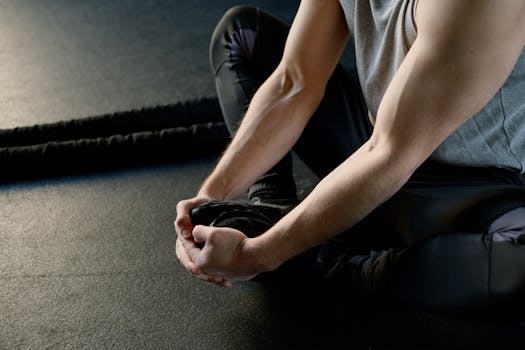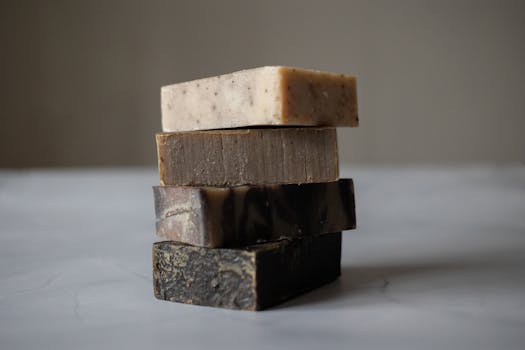
High-Intensity Interval Training for Fat Loss: A Comprehensive Guide
What is High-Intensity Interval Training (HIIT)?
High-Intensity Interval Training (HIIT) is a type of workout that involves short periods of high-intensity exercise followed by brief periods of rest or low-intensity exercise. This type of training has been shown to be effective for fat loss, improving cardiovascular health, and increasing muscle strength and endurance.
Benefits of HIIT for Fat Loss
HIIT is a highly effective way to lose fat and improve overall health. Some of the benefits of HIIT for fat loss include:
- Increased caloric burn: HIIT workouts are designed to push your body to its limits, resulting in a high caloric burn during and after exercise.
- Improved insulin sensitivity: HIIT has been shown to improve insulin sensitivity, reducing the risk of developing type 2 diabetes.
- Enhanced cardiovascular health: HIIT is a great way to improve cardiovascular health, reducing the risk of heart disease and stroke.
- Increased muscle strength and endurance: HIIT workouts often involve strength training exercises, which can help improve muscle strength and endurance.
How to Incorporate HIIT into Your Workout Routine
To incorporate HIIT into your workout routine, follow these steps:
- Choose a type of exercise: HIIT can be applied to any type of exercise, including running, cycling, swimming, or strength training.
- Warm up: Before starting your HIIT workout, warm up with 5-10 minutes of light cardio and dynamic stretching.
- High-intensity interval: Perform 15-30 seconds of high-intensity exercise, followed by 15-30 seconds of rest or low-intensity exercise.
- Repeat: Repeat the high-intensity interval and rest period for 15-20 minutes.
- Cool down: Finish your workout with 5-10 minutes of stretching and foam rolling.
Example HIIT Workouts
Here are a few examples of HIIT workouts you can try:
- Sprints: Sprint for 30 seconds, followed by 30 seconds of rest. Repeat for 15-20 minutes.
- Burpees: Perform 10 burpees in a row, followed by 30 seconds of rest. Repeat for 15-20 minutes.
- Jump squats: Perform 20 jump squats in a row, followed by 30 seconds of rest. Repeat for 15-20 minutes.
Conclusion
High-Intensity Interval Training (HIIT) is a highly effective way to lose fat and improve overall health. By incorporating HIIT into your workout routine, you can increase caloric burn, improve insulin sensitivity, enhance cardiovascular health, and increase muscle strength and endurance. Remember to always warm up before starting your HIIT workout, and cool down afterwards to prevent injury.
HIIT for Fat Loss: Tips and Precautions
Here are some tips and precautions to keep in mind when doing HIIT for fat loss:
- Start slow: If you’re new to HIIT, start with shorter intervals and gradually increase the duration and intensity as you get more comfortable.
- Listen to your body: If you experience any pain or discomfort, stop immediately and rest.
- Stay hydrated: Make sure to drink plenty of water before, during, and after your HIIT workout.
- Get enough sleep: Adequate sleep is essential for muscle recovery and growth, so make sure to get at least 7-8 hours of sleep per night.
Common Mistakes to Avoid
Here are some common mistakes to avoid when doing HIIT for fat loss:
- Not warming up properly: Failing to warm up before starting your HIIT workout can increase the risk of injury.
- Not cooling down properly: Failing to cool down after your HIIT workout can lead to muscle soreness and injury.
- Doing too much too soon: Gradually increase the intensity and duration of your HIIT workouts to avoid burnout and injury.
- Not listening to your body: If you experience any pain or discomfort, stop immediately and rest.
Conclusion
High-Intensity Interval Training (HIIT) is a highly effective way to lose fat and improve overall health. By incorporating HIIT into your workout routine, you can increase caloric burn, improve insulin sensitivity, enhance cardiovascular health, and increase muscle strength and endurance. Remember to always warm up before starting your HIIT workout, cool down afterwards, and listen to your body to prevent injury.





